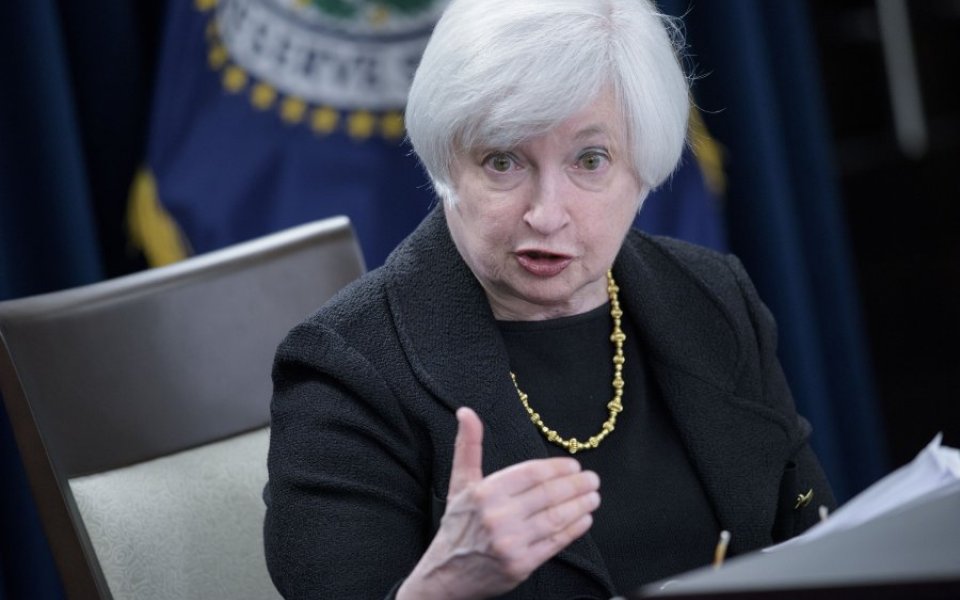The biggest market moving moments of 2015, from the Chinese currency devaluations to the commodities crisis

From Greece to China's Black Monday, It hasn't been an easy ride for many this year, with volatility taking global recovery in new and interesting directions.
With the year nearing its end, we've looked back at the biggest market-moving moments of 2015.
Contagion, anyone?
Greece's General Election in January had far reaching consequences for the Eurozone, not just because it posed the possibility of Grexit.
In the time between January, when the left-wing Syriza party first came to power, and June 30, when Greece became the first developed country to fail to make an IMF loan repayment, the euro lost eight per cent against the dollar, falling from $1.2098 to $1.1053.
Meanwhile, the Athens Stock Market closed on 27 June, reopening on 7 August more than 16 per cent lower, while European stocks were battered, with the FTSE Eurofirst index falling from a peak for 1,650.15 points in April, to a low of 1,349.5 points in August – a fall of more than 18 per cent.
Majority rules ok
The UK General Election in May provided a boost for markets: they rallied on the back of a Conservative majority which averted the risk of a hung parliament, or even a constitutional crisis.
The Conservatives' shock win, which spared investors from the inevitable uncertainty which would have come with a round of coalition negotiations, pushed the FTSE 100 back over 7,000 points as markets rejoiced at the decisive outcome. The pound also rallied, rising 1.4 per cent against the dollar.
How low can yuan go?
In August, the Chinese government took the surprising step of scrapping its currency peg, causing the yuan to devalue by 1.9 per cent against the dollar. The resulting ripples hit currencies, equities and commodities across the world.
"The decision by the People's Bank of China to move the yuan’s dollar peg was in response to dreadful Chinese trade data," says Jasper Lawler, market analyst at CMC Markets.
Commodities were already weak, so the idea currency effects could disincentive Chinese commodity imports even more sent the whole complex spiralling lower.
"Fears China could spark a currency war hit equities in Europe especially hard since gains year-to-date had been off the premise of a weaker euro supporting exports. The event is particularly noteworthy in that as of December, the yuan is back at a four-year low and oil prices are at seven-year lows," he added.
Dark days in China
As currency traders reeled from the yuan's devaluation, equities traders started to react. Monday started with a panic in Asia. By the end of the day in the US, $1.6 trillion had been wiped off stocks around the world.
Indeed, China’s benchmark Shanghai Composite fell near 43 per cent from a high of 5,166 points in June to just 2,927 in August. European indices followed suit, with the FTSE 100 falling below 6,000 points, from a peak of 7,103 in April.
In percentage terms, the falls in China measured up worse than the burst of the dot com bubble and Black Monday of 1987, but weren’t quite as bad as the aftermath of Lehman Brothers in 2008, or the Great Crash of 1929.
What’s going on, Mario?
Not for the first time, this month European Central Bank (ECB) President Mario Draghi promised markets more and delivered less, rattling markets, which had expected a more comprehensive package from the central bank than he delivered.
In the event, Draghi's "bazooka" was more of a water pistol: he cut the ECB's deposit rates to minus 0.3 per cent, a disappointment to those who expected minus 0.4 per cent. He also extended its asset buying programme by an anaemic six months.
That caused the German Dax to fall 3.5 per cent, while the French Cac lost 3.6 per cent. Meanwhile, the S&P Europe 350 fell 3.28 per cent.
And that was after January, when the announcement of the ECB's larger-than-expected stimulus package caused European equities to gain close to seven per cent, “a gain that was retained and slightly improved throughout the year”, says Tim Edwards, senior director of index investment strategy at S&P Dow Jones.
“As they have since the financial crisis, the policies and statements of the developed world’s central banks remained the key mover of markets and sentiment for the remainder of the year.”
Commodity calamities
Oil, copper, platinum. You name it, it's had a pretty unpleasant year.
In January, the idea of $40 oil was seen as pretty radical. By this month, Brent crude had fallen below $37 a barrel for the first time since 2008. Meanwhile, US benchmark WTI crude fell below $35 per barrel for the first time since 2009.
In July, gold prices hit a five-year low as an unknown entity offloaded 57 tonnes of futures contracts and physical gold onto the market, about two per cent of global annual inflation.
Meanwhile, record low steel prices in November caused uproar in the UK's steel sector, hitting plants owned by SSI, Caparo and Tata Steel.
Bad day at the office for Glencore
Shares in Glencore plunged 30 per cent in a day in September after analysts voiced concerns about lower metal prices. As a result, the miner's shares dropped to a record low, crashing through the £1 level, which officially turned it into a penny stock.
“Glencore's share price is setting all-time lows, but even with it having been in oversold territory for a number of weeks it's showing no real sign that the pace or conviction of this move has been completed,” says IG market analyst Alastair McCaig.